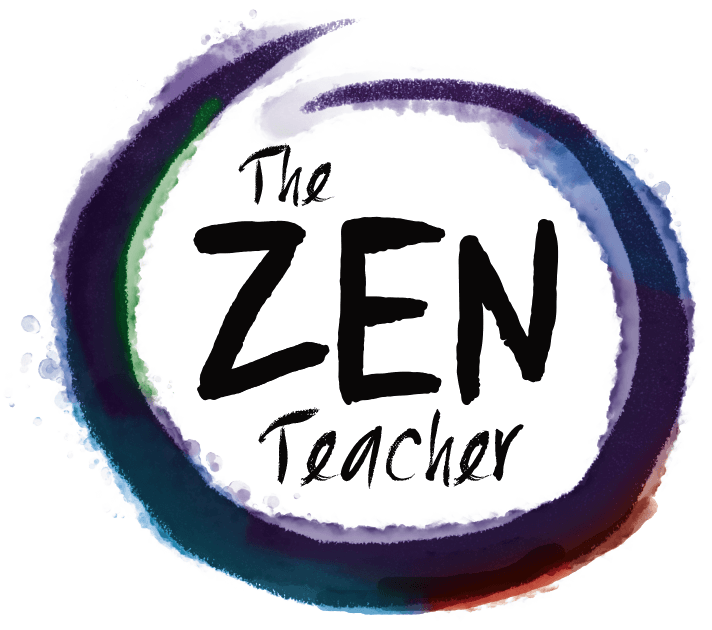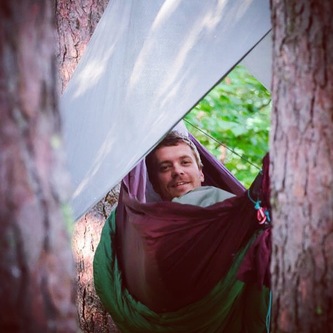If you would like to participate in THE ZEN TEACHER PROFILE, please feel free to let me know by using the contact form on the website, which can be found here, or emailing me at teachingzen@gmail.com. I offer you twenty-two questions and you choose the three you’d like to answer.
How do you try to simplify/create space in your curriculum?
I try to simplify and create space in my curriculum by trying to focus on what is essential to learn. As a science teacher, we often feel like we have to teach everything about a topic. I look for the parts that are going to be important to help kids connect what they have learned to other things. My favorite example is how I have changed how I teach the respiratory system. As a beginning teacher, I tried to look at ALL of the “stuff” that kids could learn. My hope was something would stick if I covered a lot of things. So, I started at the “beginning.” We learned about how air can first go through the nose. Well, since we are on the nose, let’s also learn about how animals smell! Oh, which animal has the best sense of smell? How do snakes smell with their nose? Be sure to memorize what the Jacobson’s organ does! Now, down to the trachea…
For me, specifically, the Next Generation Science Standards have helped. In my opinion, they are the one set of standards that actually help us sort through content and focus teaching. When talking about body systems, the emphasis isn’t on the individual systems, it is on how the systems interact with each other. Now, this changes things! When I look at the respiratory system, the sense of smell isn’t part of it at all. The main thing is focusing on getting air in and out of the lungs, the exchange of oxygen in the blood, and the function of oxygen in the chemical reactions of the body.
Creating this space in the curriculum allows for more room for kids to investigate things they are interested in as well as to do more laboratories and activities that go into depth.
How do you attempt to “Be In The Moment” as you teach?
I teach middle school, so in order to enjoy it, there isn’t any other way to be! I assume every grade level is similar. I have always worked with other teachers and administrators who have been accepting of lesson plans changing as the week progresses. When you are working with well over 100 human beings, there are bound to be times when you have to forget about the plan and be in the moment. This happens for a variety of reasons. Sometimes there is a crisis that needs to be addressed. More often, there is just some cool story the kids want to tell (or let’s be honest…I have stories I want to tell too!). As a teacher, the most important part is not the curriculum, or teaching method, or instructional strategy or the last time you did a formative assessment. The most important thing is building quality relationships with students, so those other things can happen. Relationships are not built by some plan, they happen only “in the moment.” I value those relationships to such a high level that finding time to be in the moment has come as second nature.
When was the last time you stopped just to notice something that was happening and acknowledge it?
The last time I just stopped to notice something just to acknowledge it was just a few minutes ago when the air conditioner fan turned on. For no reason what-so-ever, I just listened to its sound for awhile. Yesterday, while leaving school, I heard a meadowlark and bobwhite quail calling at the same time. When school was in, the most noteworthy recent moment was our final dance. I stood in the crowd of 7th graders dancing away and having a great time and just enjoyed the moment. TZT
Scott Schaefer is a middle school science teacher in central Nebraska whose professional interests revolve around curriculum design, assessment, and grading.

